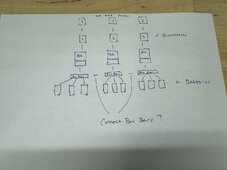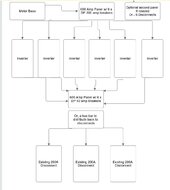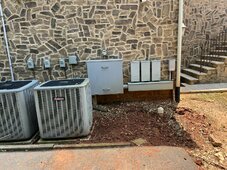Hedges
I See Electromagnetic Fields!
- Joined
- Mar 28, 2020
- Messages
- 21,504
PV panels are SO INEXPENSIVE I think it is cheaper to make more power than to buy more efficient appliances.
Would you worry about gas mileage of your Hummer if gas was $0.25/gallon?
PV generated power is $0.025/kWh.
Batteries, on the other hand, cost $0.05/kWh (of cycle life) or more, and running off grid you need inverters able to kick over large loads.
If 1:1 net metering is available, you're all good.
If your primary load is A/C (during daylight hours), just overpanel the hell out of your place. Go zero export if net metering not available.
Water heaters use so little power as to hardly matter for many. For instance, my tank type gas water heater + stove cost $8/month to operate. No point to getting instant on, heat pump, higher efficiency, or anything else.
If electric might cost me $80/month; they I'd consider alternatives. Like more PV panels, knocking the cost down to $4/month. Actually, I already have the panels, but not worth changing water heater to electric to use that.
Would you worry about gas mileage of your Hummer if gas was $0.25/gallon?
PV generated power is $0.025/kWh.
Batteries, on the other hand, cost $0.05/kWh (of cycle life) or more, and running off grid you need inverters able to kick over large loads.
If 1:1 net metering is available, you're all good.
If your primary load is A/C (during daylight hours), just overpanel the hell out of your place. Go zero export if net metering not available.
Water heaters use so little power as to hardly matter for many. For instance, my tank type gas water heater + stove cost $8/month to operate. No point to getting instant on, heat pump, higher efficiency, or anything else.
If electric might cost me $80/month; they I'd consider alternatives. Like more PV panels, knocking the cost down to $4/month. Actually, I already have the panels, but not worth changing water heater to electric to use that.






